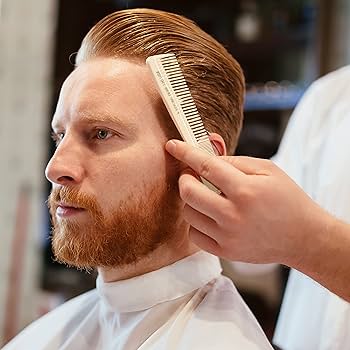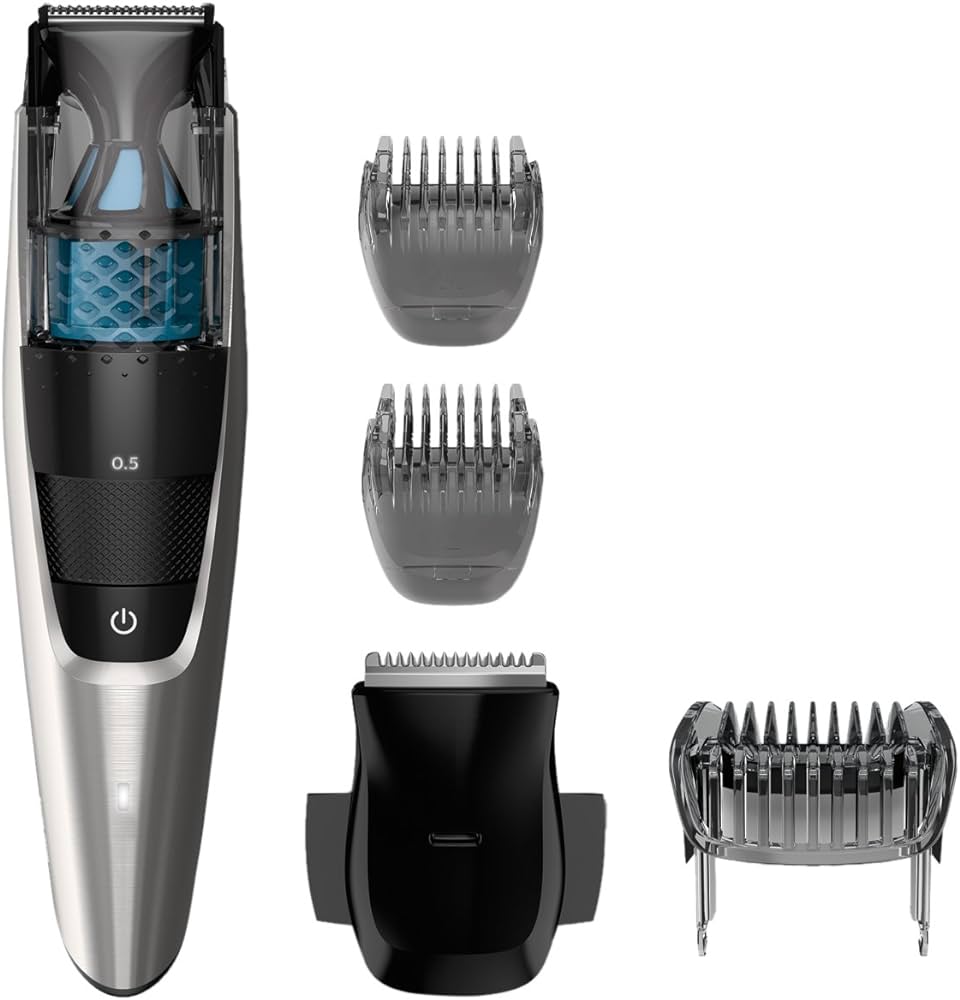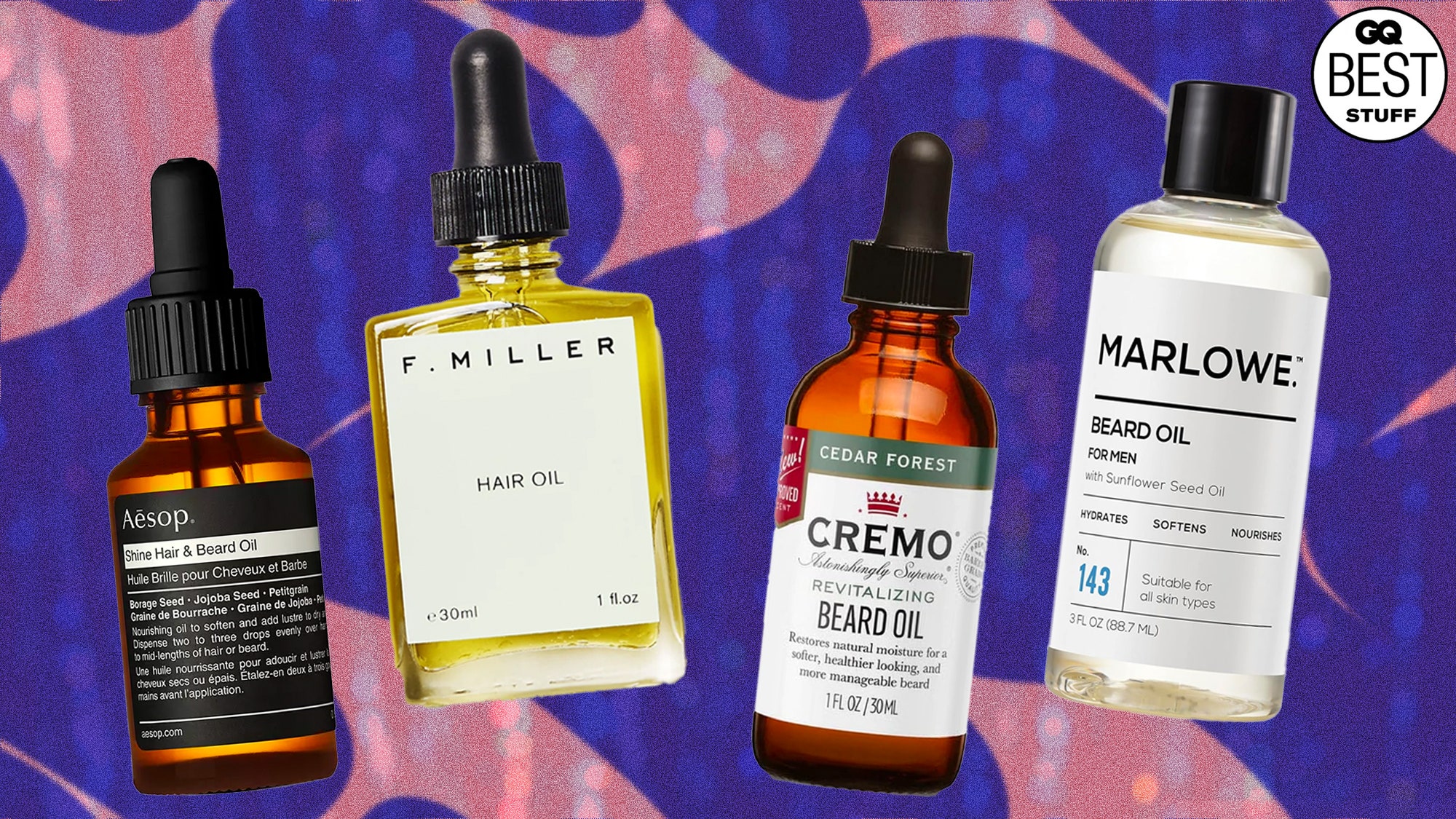Discover the Perfect Beard Texturizer to Enhance Your Style
– Beard texturizer is a product used to straighten curly beards.
– There are three main methods of straightening a beard: using a beard straightener, using a blow-dryer, and using beard relaxing cream (texturizer).
– Beard relaxing cream contains alkali chemicals such as sodium hydroxide, potassium hydroxide, or lye.
– The high pH of the alkali chemicals acts as a detergent to strip away dirt and oils.
– A curly beard can be caused by the shape of the facial hair follicles and the tightness of the keratin bonds.
– Beard hair fibers are bound together by keratin, and the tighter the bonds, the curlier the beard.
– Beard relaxing creams and texturizers work by breaking down the keratin bonds in beard hairs, effectively relaxing and straightening the beard.
– Using beard relaxing creams can result in beard damage, including increased facial hair shedding and split-ends.
– The strong chemicals used in beard texturizers can cause more harm to beard hairs than heated brushes or blow-drying.
– Scientific studies have shown that chemical relaxers can cause the loss of amino acids and lead to frail and damaged hair.
– The article discusses the potential negative effects of beard relaxing products, citing research on hair relaxing products used by black women, which found that long-term use can cause issues such as split ends, dandruff, and baldness.
– The article suggests that the use of facial hair texturizers, which contain similar ingredients and are applied to similar follicles, could have similar adverse effects.




